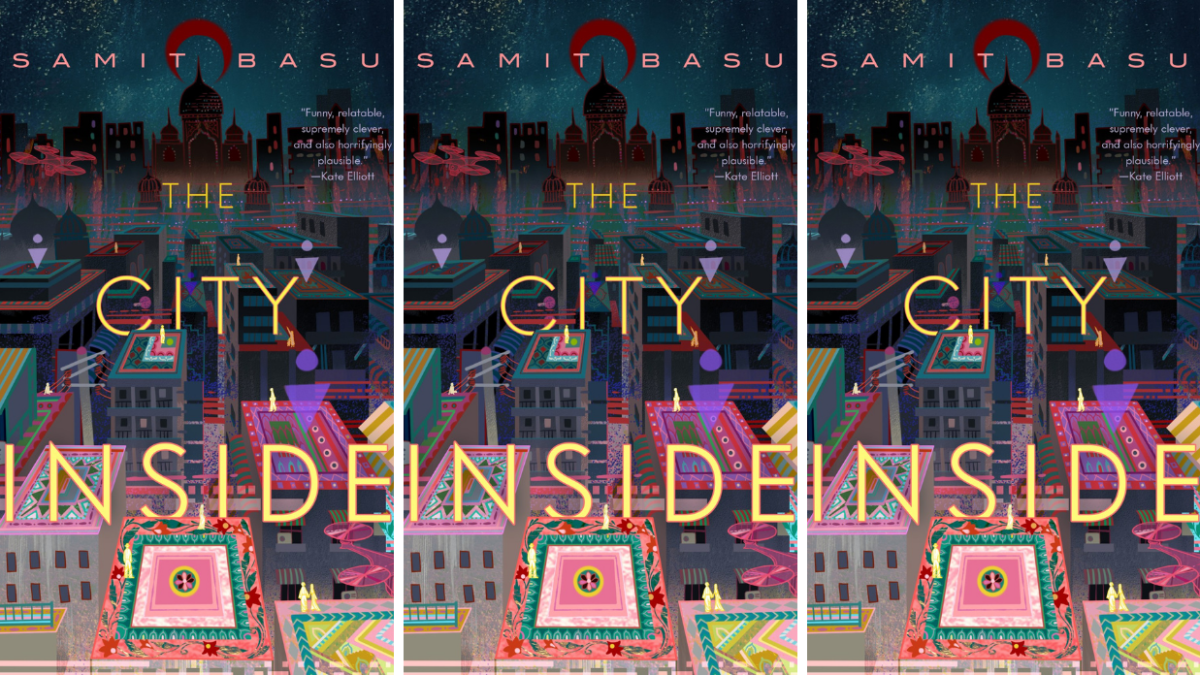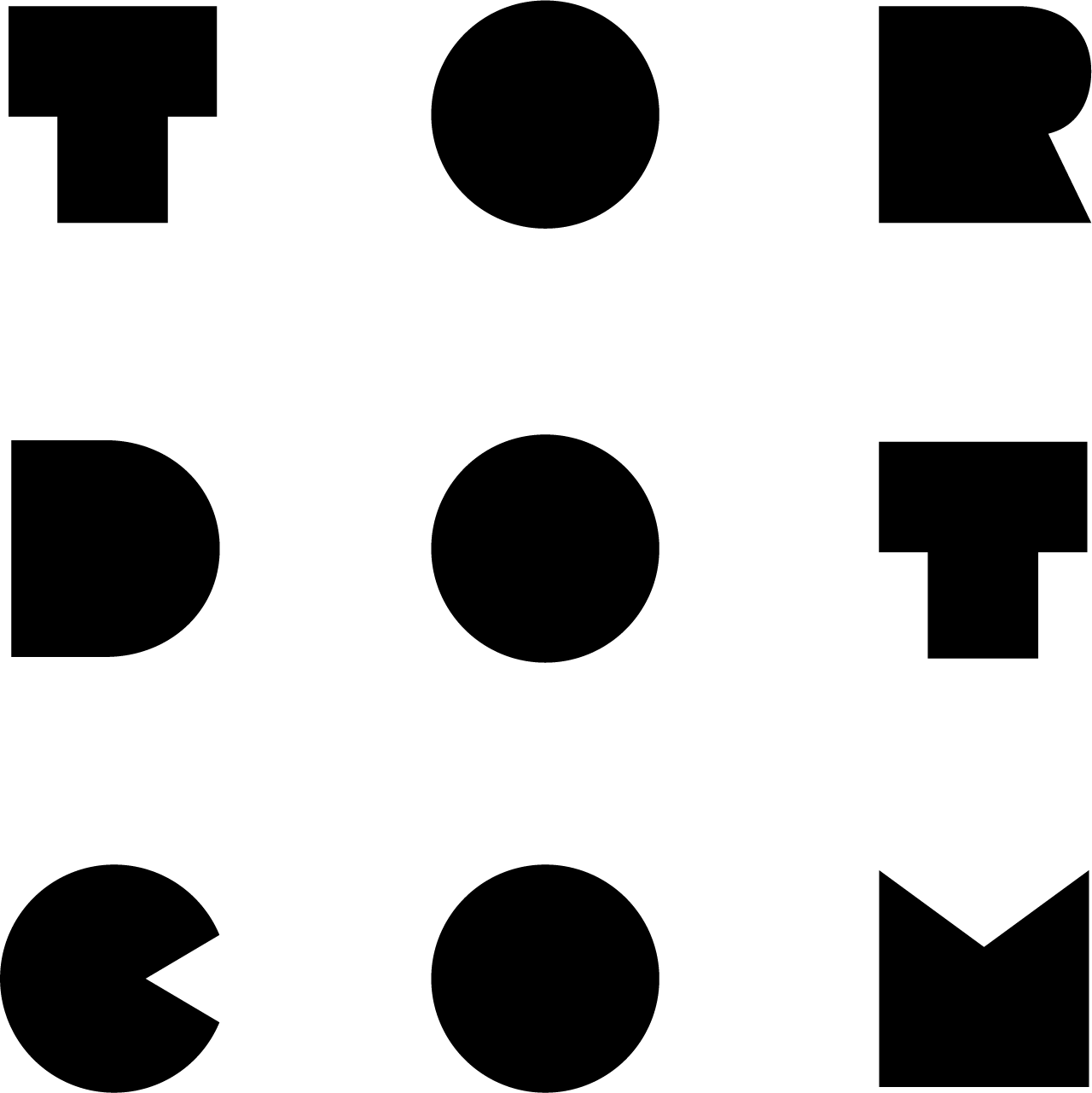The City Inside: How Samit Basu Crafted His Anti-Dystopian Delhi
"The struggle for a lot of people reading the book is really in figuring out, in these extraordinary times, who I am and what I can do."

This article is sponsored by 
Samit Basu didn’t expect for The City Inside to connect with audiences outside of his home country of India. “When I was writing it, it was so local to me,” says the 42-year-old author, when we talk from different sides of the planet via Zoom. His “anti-dystopian” novel, out today, is set in a near-future Delhi where corporate and government entities track everything you do and the attention economy has found even more invasive, thorough ways to commandeer our lives. “It’s a sad truth that things like the decline of democracy are now subjects that everyone in the world has to be concerned about. I think it’s the last five years, even more than then the pandemic in particular, but the pandemic accelerated all of these feelings and observations for everyone.”
The City Inside follows two 20-something protagonists: Joey, a Reality Controller who supervises the multi-reality influencer streams that have evolved from today’s influencer culture. And Rudra, a gamer recluse pulled into Delhi’s corporate culture economy following his powerful father’s death. When the two are ensnared in multiple, high-level conspiracies, they must decide for themselves what resistance looks like in a world where ethics is a luxury. While this might seem like the perfect recipe for a Hollywood-style tale of chosen-one revolution, The City Inside actively eschews that model, instead exploring what—for many readers—will be a much more relatable and realistic tale. “The struggle for a lot of people reading the book, and the struggle for myself, is really in figuring out, in these extraordinary times, who I am and what I can do,” says Basu. “How much to look away and how much to engage. How much to look after my own safety and how much to say things I want to say.”
This shift away from a big-strokes tale of revolution to a different kind of story of resistance was informed by the point-of-view protagonists, both of whom have privilege in a world where most lives are subsumed by decisions of survival. “When I was looking at figuring out who my protagonists were for this book,” says Basu, “the moment I stepped outside this privileged class—who are mostly people I feel like I know—the moment I stepped even a little bit below that, the struggle became one of physical survival. Which makes for good storytelling, but, in this situation itself, it felt a little exploitative on my part.” Instead, we get Joey, who begins the book feeling guilty about not attending a protest, and Rudra, who has abandoned the comforts of corrupt wealth to spend his time gaming in a poor, immigrant neighborhood.
“Our story is centered around two people who are fairly privileged or at least privileged enough to have safe, happy everyday lives if they kind of conform to the rules of the society that they’re in, and look away from the much darker things that are happening just outside their eye line,” explains Basu. “So it’s essentially the story of how these two people try to first cope with and have a normal life in the strange world they’re in, but then slowly find their way towards their own resistance and their own ways to figuring out who they are in a world that’s constantly trying to distract them and control them. And also how they can make the world around them a bit better for other people.”
Originally, Basu had a much broader setting in mind for the story: a multi-part book featuring 10-year time jumps in between sections, with invented future technology bringing South Asia into the mid-21st century. The author eventually abandoned that plan as it “was all pretty depressing.” He adds: “It becomes increasingly clear that this is a part of the world where invented technology and heroes running adventurous situations or even, you know, starting revolutions or undergoing revolutions that bring about regime change, aren’t necessarily going to fix the bigger problems that need fixing, or problems that have existed for millennia in this part of the world [and elsewhere]. So the more I thought about it, the more artificial it felt to have your structure where you have your big action sequences and your heroes hacking the evil corporation and bringing down the evil forces and saving the day to a completely nebulous future. It just didn’t seem right for a book that was based so strongly on the news and on existing speculative non-fiction because I really wanted it to be as real as possible.”
Instead, Basu brought the book much closer to our own timeline, grounding the characters and the technology shaping their existence in what was around him. “I made sure that, not just the tech, but also the locations, the people, the fields of work, everything was places that I knew,” he says. “All the people were kind of mashups of people I actually know—well, most of them. That’s how I landed just 10 years in the future.” It’s also how he landed on the culture economy, as it is a world he has been in and tangential to since moving to Delhi two decades ago to pursue a career in English-language publishing. Basu published his first book, fantasy trilogy-starter The Simoqin Prophecies, when he was just 23 years old. “I’m bookish and usually quiet,” says Basu. “And so going from there to suddenly being in gatherings where there were 200 people present, and at least 20 of them are really famous and expected you to know everything about their life, was a massive culture shock for me.”
Since that first book, Basu has gone on not only to write science fiction, fantasy, and superhero stories, but also to write and co-direct a Netflix feature film, House Arrest, a Hindi comedy about a man who chooses to stay at home and the journalist who comes to live with him. Released at the end of 2019, it would become unexpectedly topical when the pandemic broke a few months later, bringing about an unprecedented modern era of home confinement.
“I’ve been working in Bollywood and adjacent industries for over a decade now,” says Basu of his connection to India’s entertainment sector and how it informed The City Inside. “And so basically over two decades of film meetings and sets and media gatherings and literature festivals and book events and all of that, this particular, mushrooming phenomenon of fame and how the nature of fame is changing every year has been something that I’ve observed with a mixture of fascination and horror … I’ve been I’ve been wondering for a while how to how to talk about contemporary Indian influencer culture. And this seemed like a good space to do it since it’s only going to grow for the next decade.”
The City Inside leans into the valid anxieties and horrors of our time, but it doesn’t ignore reasons for optimism. The book’s protagonists are inspired by the teens of today, a generation that was active in India’s 2019-2020 protests against proposed anti-Muslim changes to the country’s secular constitution. “I was looking at the kids in these protests—like the people who are in their teens, their mid-teens, their preteens—the generation, that’s supposed to be supremely narcissistic and just online all the time,” says Basu. “But they were out there, and they cared as much about social things that didn’t really affect their daily lives at all. They were on the streets, they were putting themselves at risk … And that’s where [the book] came out of: a mixture of my personal anxieties and looking at at young people now and wondering what they will be.”
Unlike many books that fall under the near-future speculative fiction umbrella, The City Inside has a specificity in setting and a fullness of character interiority that raises this story from interesting thought experiment to gripping story. Basu constructs a rich density of multicultural and technological detail, demonstrating both a depth of research and a narrative agility wielded to ensure the world doesn’t collapse under the weight of its worldbuilding. And it’s all done in service of exploring themes and subjects like surveillance capitalism, institutional erosion, and influencer culture that feel more topical with each passing day—in India, the U.S., and so many other places in our interconnected world.
“After a point, I realized that the [book’s] inciting incident—as we know it, structure-wise—is really where I wanted to reach at the end,” says Basu, when asked to reflect on the unconventional shape of what could have been just another “great person” narrative. “Because the challenge of the book throughout was for these characters to do that switch that people mostly do in the first act of the three-act structure: which is struggle with their reluctance to engage, or find out what it is that they really want and set off on that hero’s journey. I wanted to highlight the setting and to also highlight the fact that the struggle is to find your activeness as a character … I hadn’t expected, when I started writing, that the push and pull of that would be enough for me to think, ‘You know, I think I can make the whole book about this.'”
We are often encouraged (perhaps especially in American culture?) to think of ourselves as active characters, but we all live in systems that can feel and be outside of our control. There’s power in being reminded through pop culture that, especially together, we can fight for systemic change, but there’s incredible value too in stories like The City Inside—narratives that are not only more honest about the ways in which we are active in harmful systems, but also explore what smaller, messier forms of resistance can look like… and the thought processes that might lead us there.
“What I want really is for readers to feel immersed in this book,” says Basu of his hopes for what readers find in The City Inside. “I know there will be some readers who bounce off this immediately because it’s not relatable [to them]. And the further you travel outside of Delhi, it’s completely understandable to me that it wouldn’t be relatable, especially if readers are looking for those action beats and require me to bring down the government by the end of the book—I’m sorry, spoiler, but that’s not gonna happen. I’m hoping that people who read this relate emotionally and that, wherever they are in the world, they find parallels of their experience and their settings.”
The City Inside is out today. Find out more here.
